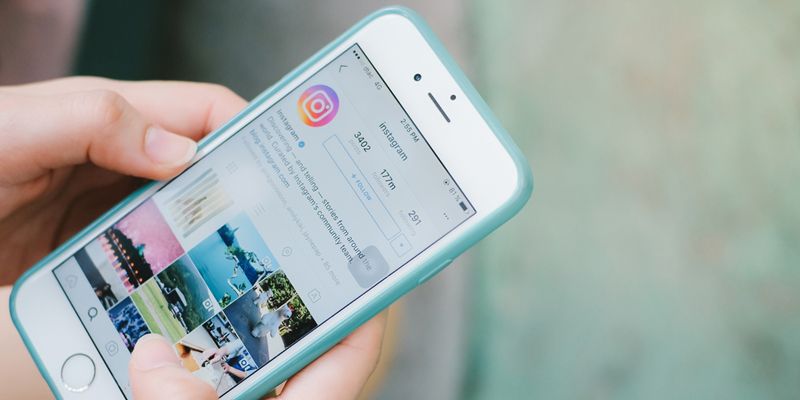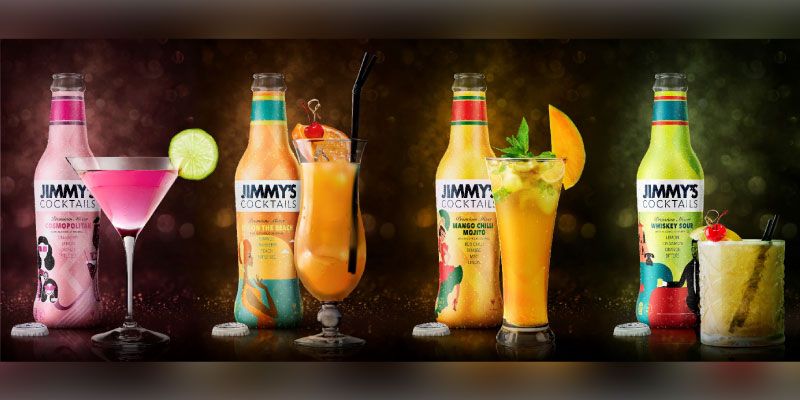How Instagram became a boon for the travel industry
Instagram is the world's most popular visual content sharing app. Boasting of 500 million monthly active users sharing around 80 million images and videos each day, it has rapidly evolved into a prominent social media platform and has even pipped its parent company, Facebook, in terms of popularity among younger internet users. Since advertisers will always go where the crowd is, Instagram has now become one of the most influential advertising platforms of today. The travel industry, in particular, has taken to Instagram advertising with an enthusiasm that is helping them boost revenues like never before.

Image : shutterstock
The clutter-free layout of Instagram places a focus on images like no other social media before it. Images of gorgeous locales, usually augmented with one of Instagram's many filters, are natural attention grabbers. From the person stuck in rush hour traffic to the one self-inducing insomnia by using the phone in bed, everyone loves to look at photos of beautiful tourist destinations which they fantasise about someday visiting. This has led to accounts that curate, and travel photographers who post, such images to amass followers in the millions. And the travel industry couldn't be more grateful.
Targeting the right audience has always been the key to effective advertising. And while Instagram, courtesy of Facebook, allows marketers to target specific audiences with frightening accuracy, the fact remains that millennials aren't particularly fond of traditional advertising attempts. That's where influencers play a major role for brands looking to advertise. Influencers allow brands to establish a more personal connection with potential customers; 92 percent of consumers trust influencers over direct advertisements from the brands.
One hurdle advertisers used to face on Instagram is that the app did not allow the posting of outbound links in its native content. But that changed with the introduction of Stories — the brazen clone of Snapchat's pioneering feature of the same name. As of January this year, the disappearing images and videos shared on Instagram Stories can carry outbound links to other accounts and even external websites. This allows for more direct conversions as interested consumers can visit the booking page for the service or product being showcased in a single click.
This in turn has opened the opportunity for hotel chains, travel operators, and tourism bureaus to reach a massive audience in an unprecedented manner by enlisting the help of influencers. They pay the travel accounts, photographers, and even celebrities on Instagram to tout their products and services with a personal touch. This has created new channels of income for travellers and photographers (who sorely need it) and celebrities (who don't). Beautiful Destinations, a crowd-sourced travel account with over eight million followers, boasts of clients like Hilton Worldwide Hotels, Marriott Hotels, and the New York City's tourism board who pay them up to $1 million for an annual contract, according to Bloomberg. Rental accommodation provider Airbnb enlisted the über-popular Kardashian clan to sing its praises to their millions of followers.
This new marketing technique is also popularising erstwhile obscure destinations. Wanaka, a small town in New Zealand, is a good example of this. In 2015, the town's tourism board began hosting influencers and they subsequently recorded an impressive tourism growth of 14 percent. Other places like Iceland, Norway, Seychelles, and Hungary have also seen record increases in the number of tourists who are in large part being influenced by the images they see on Instagram.
Not everything about the Instagram-travel association is all good though. The biggest downside for people inspired to travel by Instagram is that photos on the app paint a wonderful picture about every destination when the reality is a lot less pleasant. Most pictures would have people believe that each destination is a pristine, secluded location eagerly awaiting their presence. Pictures of Santorini in Greece, Trolltunga in Norway, the canals of Venice, and even the beaches of Thailand are highly romanticised on Instagram. But in reality, they are chock full of tourists, each of whom were hoping for, and even expecting, their very own private paradise.







